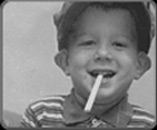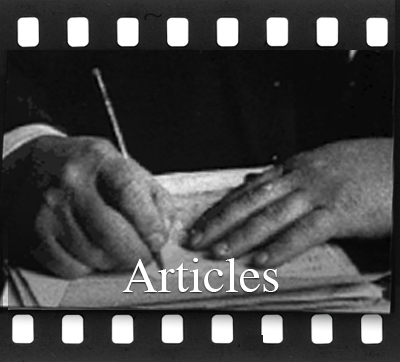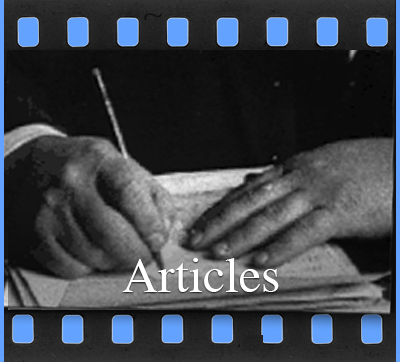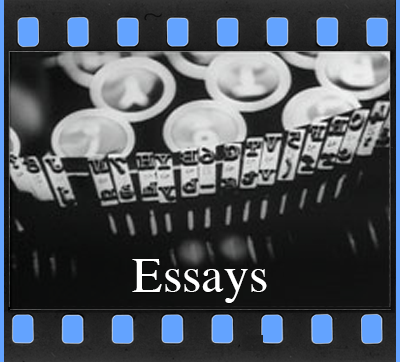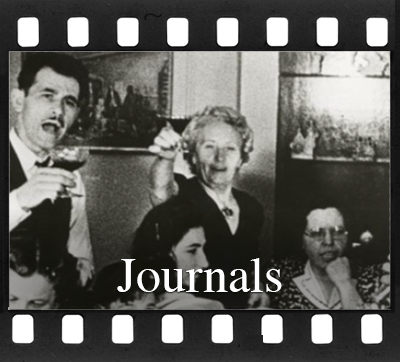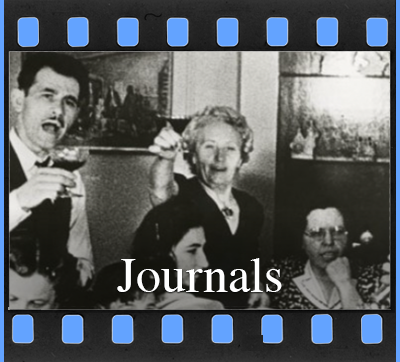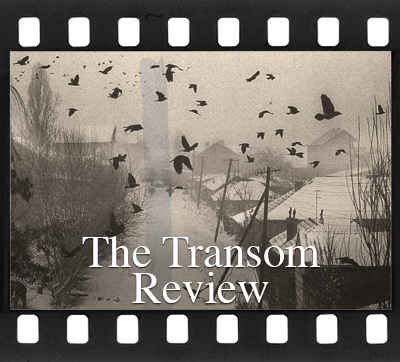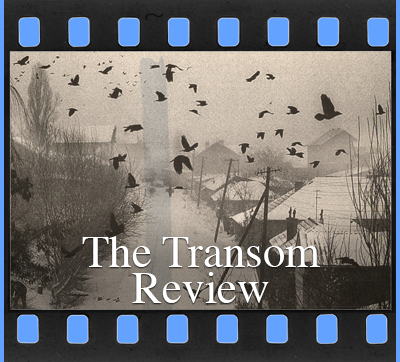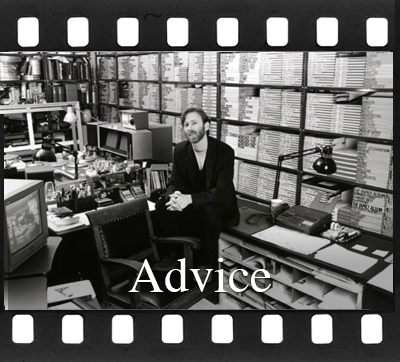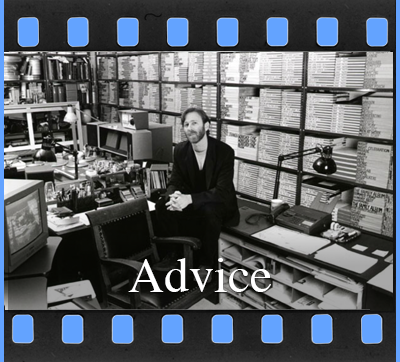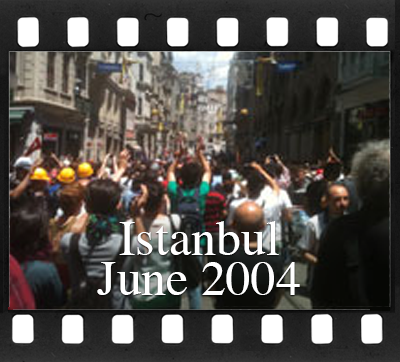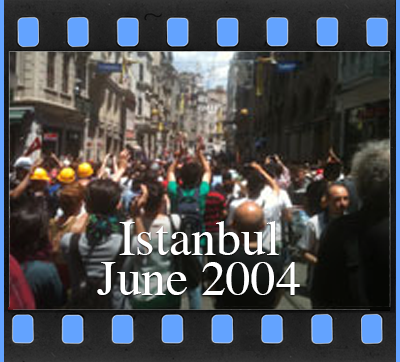Outside Looking In
Jocks, freaks, hip hops, nerds, brains, stoners, JAPS, goths, punks, geeks, R.O.T.C. thugs, cheerleaders, dungeons & dragons, rastafarians, ravers, club kids, skinheads, deadheads, phishheads, skateroids, class clowns, sluts, prudes, rebels, hippies, bullies…
The landscape of adolescence reads more like an emotional battlefield. The place where we are most vulnerable -- to feeling alone, isolated, neglected, frustrated, disrespected, misunderstood, hopeless. Shocked by sudden changes in our bodies, awash in a flood of hormones, tempted by the lure of drugs and alcohol, we initiate our first fledgling experiments with the forbidden sides of pleasure and pain. It’s the time when we are asked to make the transition from innocence to experience. When we begin to understand the world as a site of conflict and contradiction. When we first become aware that our fragile insights into life have suddenly set us apart from everybody else.
Outside Looking In: Coming of Age Stories
The murderous rampage at Columbine High School in Littleton, Colorado last year has quickly become a focal point of reference for the current crisis of youth, and both a warning to and a symptom of our times. I’ve chosen it as a framing device for this program, seeking films that might help us to better understand how violence – physical, psychological and emotional – permeates the lives of teenagers to poison their relationships with family, friends, schoolmates, teachers and their communities. And all too often, tragically, with themselves. I want this program to illuminate the struggle at the very heart of the adolescent dilemma: learning how to trust and be trusted by the adult world; exploring what kind of role and responsibility one should take in it; and finally, deciding whether it’s even worth the effort.
Adolescence is the time when we are allowed to declare our first serious hopes. It’s when we’re asked to choose what we want to become in life, the time when we can dream out loud. When anything is possible and the sky’s the limit. It’s also the time when we begin to measure our aspirations against reality. When we learn what it means to disappoint others and how much it hurts when others disappoint us. Broken hearts. Broken homes. Broken promises. Broken dreams.
The condition of youth has been, is, and always will be a bridge to some other place. None of us is immune from the bruises and battle scars that bear witness to the journey. For some the wounds are easy to see. For others they remain hidden, though no less painful. Some make the passage quickly and smoothly. Others find their way slowly and with difficulty. Some never make it across.
And yet as each generation replaces the next, the inexorable march of time imposes a kind of relative order on this rite of passage known as “coming of age.” Outsiders looking in inevitably grow old enough to look back at a new group of outsiders skeptically looking in (and staring back) at them. Though the signs, symbols and code words may change, the rules and the game always remain the same.
***********
I felt it was important to begin the program with Truffaut’s L’ENFANT SAUVAGE, the riveting story of a doctor’s attempt to “civilize” a young boy who has been discovered living like an animal in the forest. It serves a strong metaphoric backdrop to the social and political themes of the entire program: the predicament of being young, willful and wild in a world that won’t stand for it.
Larry Carke’s KIDS is the story of youth at its most raw. And most honest. Watching this group of teenagers gallivant through their lives is to understand the euphoric intensity of the pure uncut hormones rushing through their veins. A dramatic narrative film shot in a kind of verité documentary style, KIDS resonates with the staying power of pure truth. Preceded (and counter-pointed) by IN THE STREET by Helen Levitt, Janice Loeb and James Agee. This elegant document of an East Harlem street set in the relative innocence of the 1940’s, captures the surface quietude and random joyous energy (mostly) of children.
A.K.A. DON BONUS by Sokly “Don Bonus” Ny in collaboration with Spencer Nakasako and ONE OF US by Susan Korda are two very different first person diaristic/confessional films that focus the experience of youth through the lens of the family. A.K.A. DON BONUS chronicles the despair and displacement of an immigrant Cambodian boy growing up in San Francisco, coping with the pressures of reconciling his family’s (and his culture’s) traditional values against the realities of life as an 18 year old American teenager. ONE OF US is the stunningly provocative, emotionally honest plaint of an American Jewish daughter looking back at the emotional violence of her childhood. With multiple layers of epiphany, Korda comes to see how the hands of Nazi Germany still push and pull at her heart, and at her understanding of who she is and how she got there.
Then there’s STREETWISE, a film by Martin Bell, Mary Ellen Mark and Cheryl McCall, another documentary classic that moves me today as much as it did when I first saw it 15 years ago. STREETWISE documents the lives of runaway Seattle street urchins, whose lives circumnavigate through drugs, alcohol, suicide, prostitution, prison, divorce and the police in downtown Seattle. The film that taught us the meaning of pulling dates and dumpster diving, also introduces us to teenagers whose struggle to survive on the streets has made them wise way beyond their years and old way before their time.
Morris Engel’s LITTLE FUGITIVE manages to merge the innocence and charm of childhood with the brutality and emotional violence of a childhood prank into a film that should frighten us out of the room, yet grips us to our seats. The naturalistic acting, the authentic urban locations, the New York accents, and the general tenor of the film’s low budget inventiveness, all combine to create a truly unique work that has a strange kind of documentary feel. Preceded by THE SMELL OF BURNING ANTS by Jay Rosenblatt, a poetically mesmerizing evocation of boyhood, and the psychologically frightening complications of maturing, growing up and “coming of age,” in this case, as a male.
I’ve programmed Frederick Wiseman’s HIGH SCHOOL and Joel DeMott and Jeff Kreines’ SEVENTEEN together to evoke the arc of time passing and to suggest a way of measuring the sweeping pace of social change. These two radically different films shot in 1969 (Philadelphia, PA) and in 1982 (Muncie, IN), respectively, allow us to look back and simultaneously project forward at the ever-changing zeitgeists of youth. Each film uses a cinema verité style to chronicle the emotional and geographic ground zero of youth: high school. Whether portraying inter-racial dating, teacher-student-parent mistrust, keg parties, detention, or teenagers coping with the death of a friend, these two classic films have set the standard for conveying the complexity of being a teenager. And make us question the very meaning of the word education.
David Van Taylor’s DREAM DECEIVERS introduces us to the heavy metal music of Judas Priest, the favorite band of James Vance, a Nevada high school student who barely managed to survive his own violent attempt at suicide. When Vance, now facially deformed and in obvious misery, blames his actions on the lyrics of a song by Judas Priest, he reaffirms not only the profound power of music on the lives of teenagers, but also the despair and emptiness of those who find meaning in words that aren’t always there. Preceded by JEREMY, an award-winning music video by Pearl Jam, about a young student who walked into a Spokane, Washington classroom and opened fire on his fellow classmates. “Jeremy spoke in class today…”
Which brings us to a program I’m calling, “Reports From The Front,” a selection of recent television programs about youth. I think it’s safe to say that MTV has become the unofficial network “homepage’ for young people all over the world. A network whose demographics literally define the state of youth at any given point in time, MTV has become a kind of television mirror for teenagers, not only for the music videos it plays, but also because of the success of its extremely pro-active news and documentary programming.
I’ve chosen two films from the MTV anti-violence series, FIGHT FOR YOUR RIGHTS: WARNING SIGNS, and MATTHEW’S MURDER, and one from an earlier version of the same series titled, EXPRESS YOURSELF. Collectively these reports provide the most recent “up close and personal” glimpse at what high school students today think about homophobia, hate crimes legislation, school violence, school dress (and hair color) codes, misplaced role models, v chips, media literacy, and censorship amongst many other things. I’ve also chosen to include TEENAGERS UNDER THE GUN, an A & E investigative report that further explores just how much teenage violence – against family, friends, classmates or self – is influenced by movies and music. “Shoot, shoot, shoot, mother-fucker. One shot and the world gets smaller.”(Marilyn Manson)
Sometimes a fiction film captures reality so vividly that it takes on the aura of a documentary experience. Todd Solendz’s WELCOME TO THE DOLLHOUSE, is a tremendously sensitive portrayal of the archetypal nuances of pre-pubescent vulnerability. The film follows Dawn Wiener, a self-determined yet decidedly awkward 11 year old girl, as she suffers the indignities of the emotional roller coaster known as Junior High School. Not to mention the psychological house of horrors she calls home.
In EXPERIMENTAL EDGES, I’ve compiled a group of films that use unconventional tools and strategies for evoking other more difficult and elusive dimensions of being young. I’ve chosen to highlight the pixelvision films of Sadie Benning, including several of her works including, JOLLIES, ME AND RUBYFRUIT, A NEW YEAR, LIVING INSIDE and IF EVERY GIRL HAD A DIARY. These are all the first person diary utterings of a teenage girl/woman describing her (lesbian) sexual awakening. They are bold, raw, and maybe because they were made on a kind of toy video camera, also amazingly complex. The program also includes FLIGHT by Greta Snider; MY NAME IS OONA by Gunver Nelson; SHE VA by Marjorie Keller; UNTOUCHABLE by Thirza Cuthand; FORGET THIS by Ulla Nilsen; and ELATIONS IN NEGATIVE by Jennifer Reeves. These films boldly assert the power of experimental cinema to mediate highly personal experiences that fall outside the radar of traditional expression.
- ◻ Gathering Stones
- ◻ PATIENCE & PASSION
- ◻ TOP TEN FILMS (IDFA)
- ◻ WIDE AWAKE DIRECTOR'S STATEMENT
- ◻ LIKE MY FATHER BEFORE ME
- ◻ MAN WITH A MOVIE CAMERA
- ◻ ICE FISHING AND SKYWAYS
- ✓ OUTSIDE LOOKING IN
- ◻ ROCKEFELLER FOUNDATION 20TH ANNIVERSARY
- ◻ WHY Alan Berliner WATCHES HIS FILMS WITH AN AUDIENCE EVERY CHANCE HE GETS
